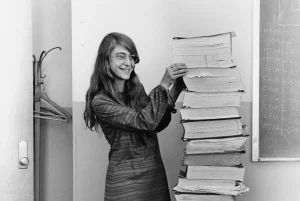For the past 400 years or so, measurements of time have been reasonably faithful, with
one major exception: the year. As it is now, we adhere to a 365-day calendar most of the time that
manages to account for the approximately 6 hours in a solar rotation with little error. As the
6-hour increments build up over the course of 4 years, another 24-hour day is added in the Julian
calendar to balance the days and seasons, after which the cycle continues again. And yet, errors
do seep through the cracks. The extra time in a solar year misses the 6 hour mark by only 11
minutes and 15 seconds, and yet another balance is needed to keep everything in order. As an
exception, any year in the Gregorian calendar which is divisible by 100 and not 400 will have its
leap day stricken away from it, shifting everything in the other direction, and making sure that a
year like 2100 will not be included, but 2000 was. Everything to harness time in this way has been
a balancing act, but provisions have kept the balance so that seasons may be static for the
foreseeable future.
Categories:
Quick Read: Why do we have leap years?
Wyatt Browning
•
March 6, 2024

More to Discover




















